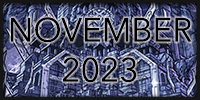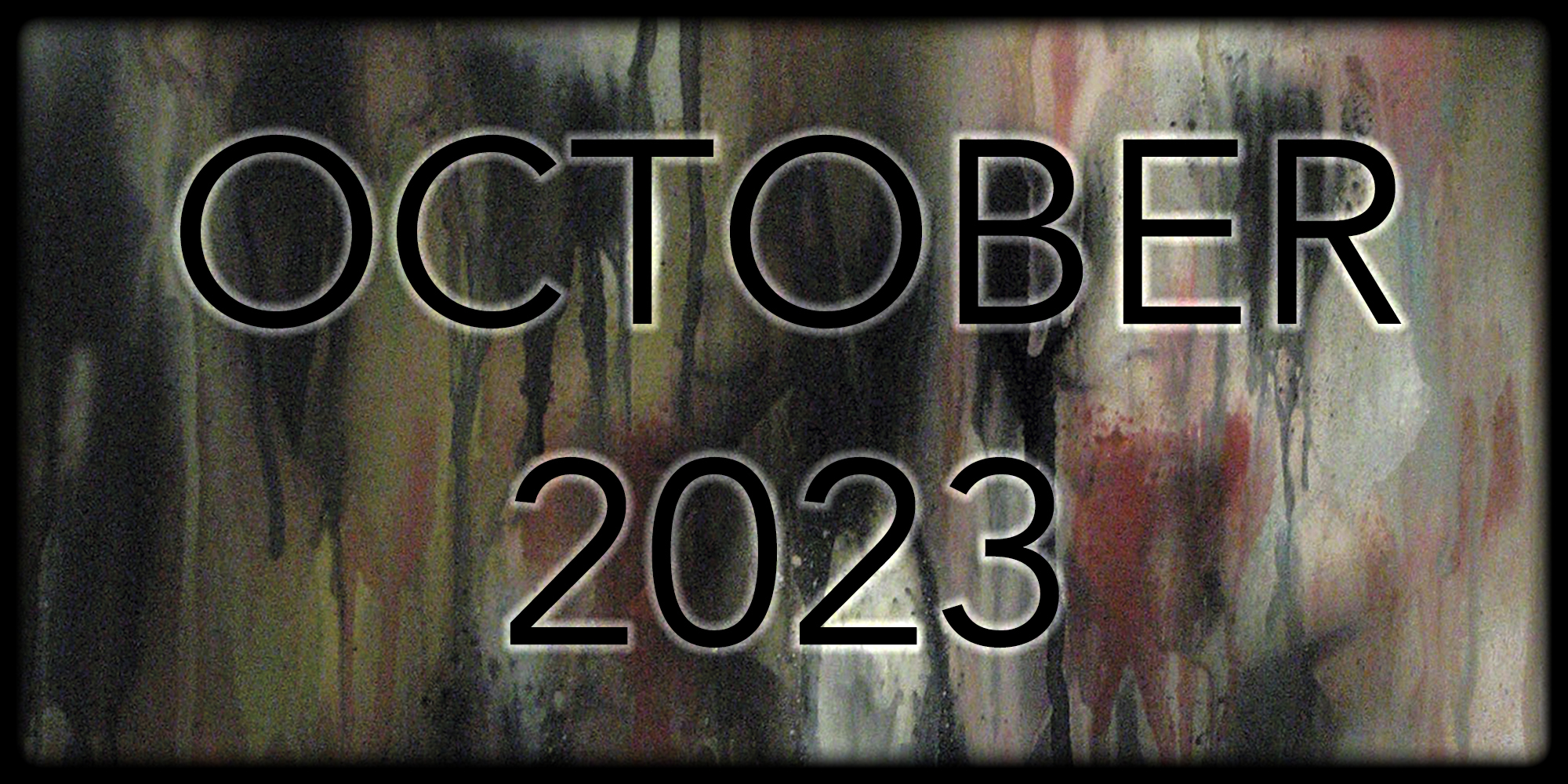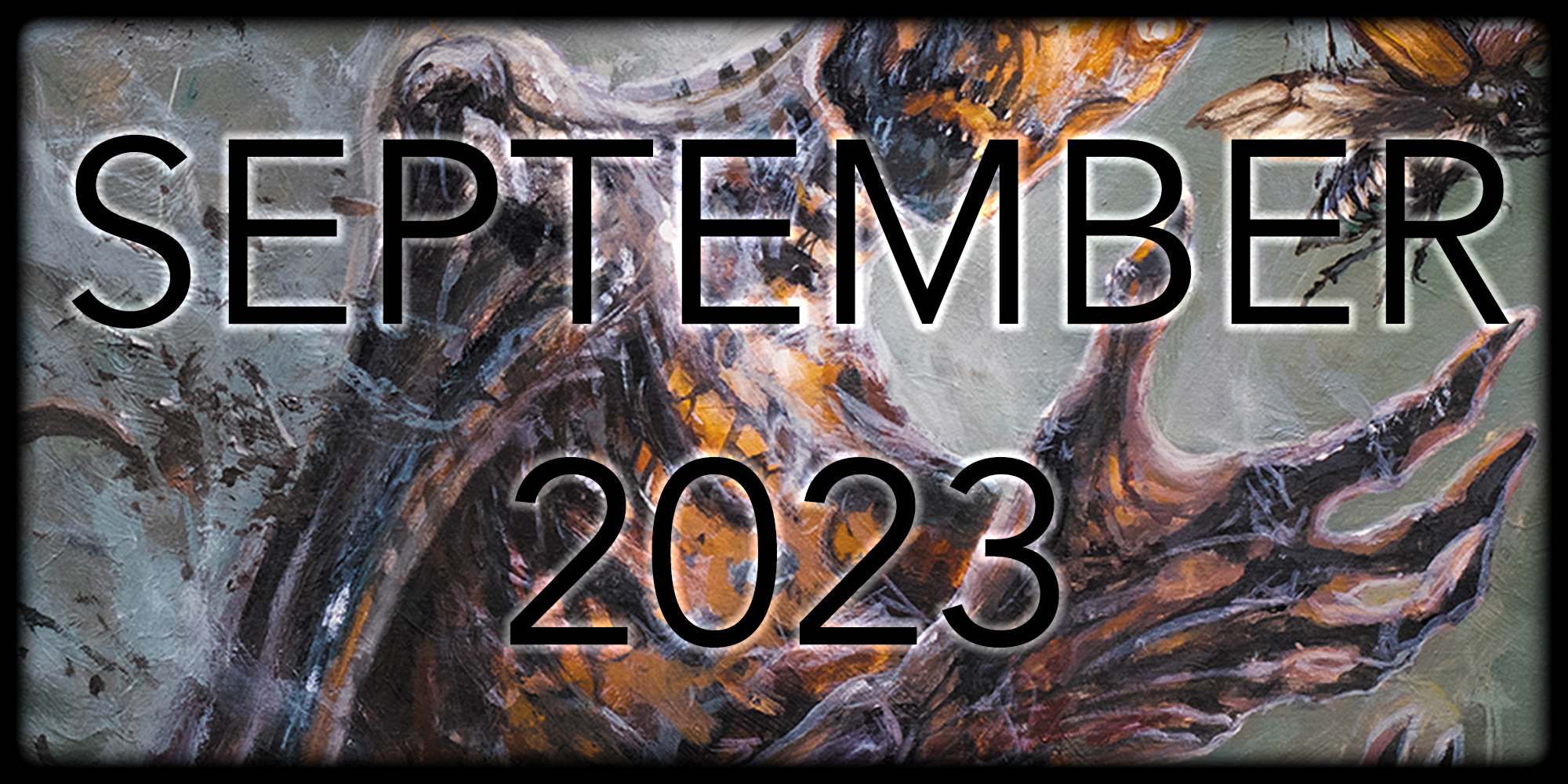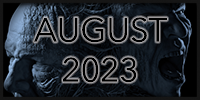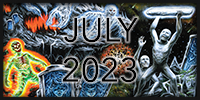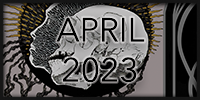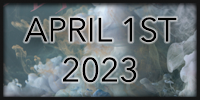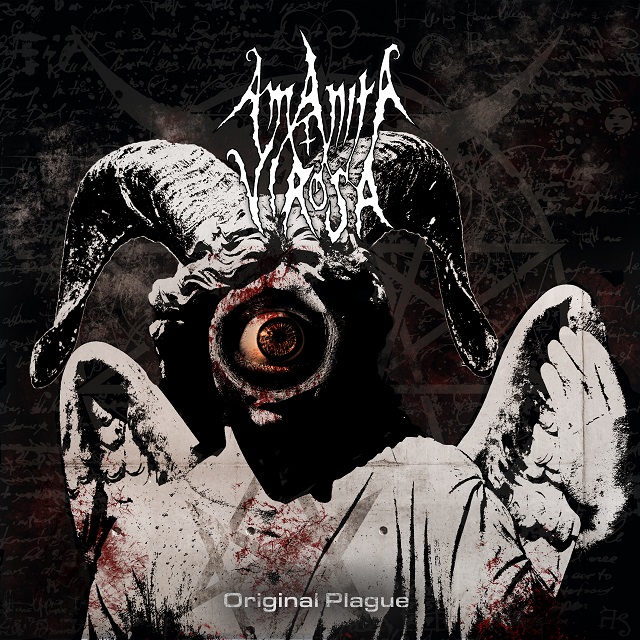 All right, all right, everyone, settle down. That means you too, Dr. Kenword. Welcome to the monthly morbidity and mortality meeting at the Ambulatory and Medical Grievance (AMG) Hospital. Today, our case involves a patient who came in contact with Amanita Virosa — a deadly, basidiomycete fungus. No, Dr. X, it’s not the same thing we isolated from Dr. Druhm’s paw the other day. And it’s not contagious. No, Dr. Holdeneye, I would not feed it to your daughter, no matter how much it resembles those portobello mushrooms she so clearly likes. Its nickname is “The Destroying Angel” and this baby is full of amatoxins and phallotoxins… Stop sniggering, Dr. Wvrm. We’re supposed to be professionals here. Focus, people. There’s a new infection in town with no vaccine in sight. Should we be readying those Hazmat suits?1
All right, all right, everyone, settle down. That means you too, Dr. Kenword. Welcome to the monthly morbidity and mortality meeting at the Ambulatory and Medical Grievance (AMG) Hospital. Today, our case involves a patient who came in contact with Amanita Virosa — a deadly, basidiomycete fungus. No, Dr. X, it’s not the same thing we isolated from Dr. Druhm’s paw the other day. And it’s not contagious. No, Dr. Holdeneye, I would not feed it to your daughter, no matter how much it resembles those portobello mushrooms she so clearly likes. Its nickname is “The Destroying Angel” and this baby is full of amatoxins and phallotoxins… Stop sniggering, Dr. Wvrm. We’re supposed to be professionals here. Focus, people. There’s a new infection in town with no vaccine in sight. Should we be readying those Hazmat suits?1
Previous Medical History
In 2016, the first patient contact with Amanita Virosa was described. Asystole was the presenting symptom, but truth be told, there were no casualties and the scare seemed exaggerated. It was a standard infectious case, with colleagues describing it as a typical mixture of, quote-unquote “melodic death with strong symphonic elements.” One doctor said it reminded her of a lot of similar cases, described as “Be’lakor” and “Insomnium,” without the complexity or narcolepsy associated with those unstoppable — and uniformly fatal — diseases. Debate raged in the literature about whether it was “melodeath” or not, with the original authors claiming an all-new category of “hospital metal.” No, I’m not joking. Most authorities were unconvinced and stuck with “bog-standard melodeath.” Now, this was a whole new presentation, with the admitting doctor calling it Original Plague. Is there anything new here? Should we submit this case report for publication in a notable journal? Or bury it in the bowels of the hospital online system?
Prodromal Phase
After patient exposure to this Original Plague, early symptoms arrived in the form of “I Walk Away.” While the clinical signs at this stage were straightforward and not anything a semi-competent intern couldn’t confidently diagnose, there was much to pique the interest of the jaded. Chugging guitars alternated with pleasing pianos and soaring symphonies to create a real sense that this new infection was noteworthy. “Despair for the Living” continued this trend, with a dramatic and compelling chorus that was noted to cause an intermittent spasm of the splenius capitis, scalene, and longus colli muscles. This resulted in intense and alternating flexion and extension of the neck, which was occasionally prolonged. So aggressive were the early signs, that it appeared for a moment that this Plague could enter the bloodstream and prove difficult to eradicate.
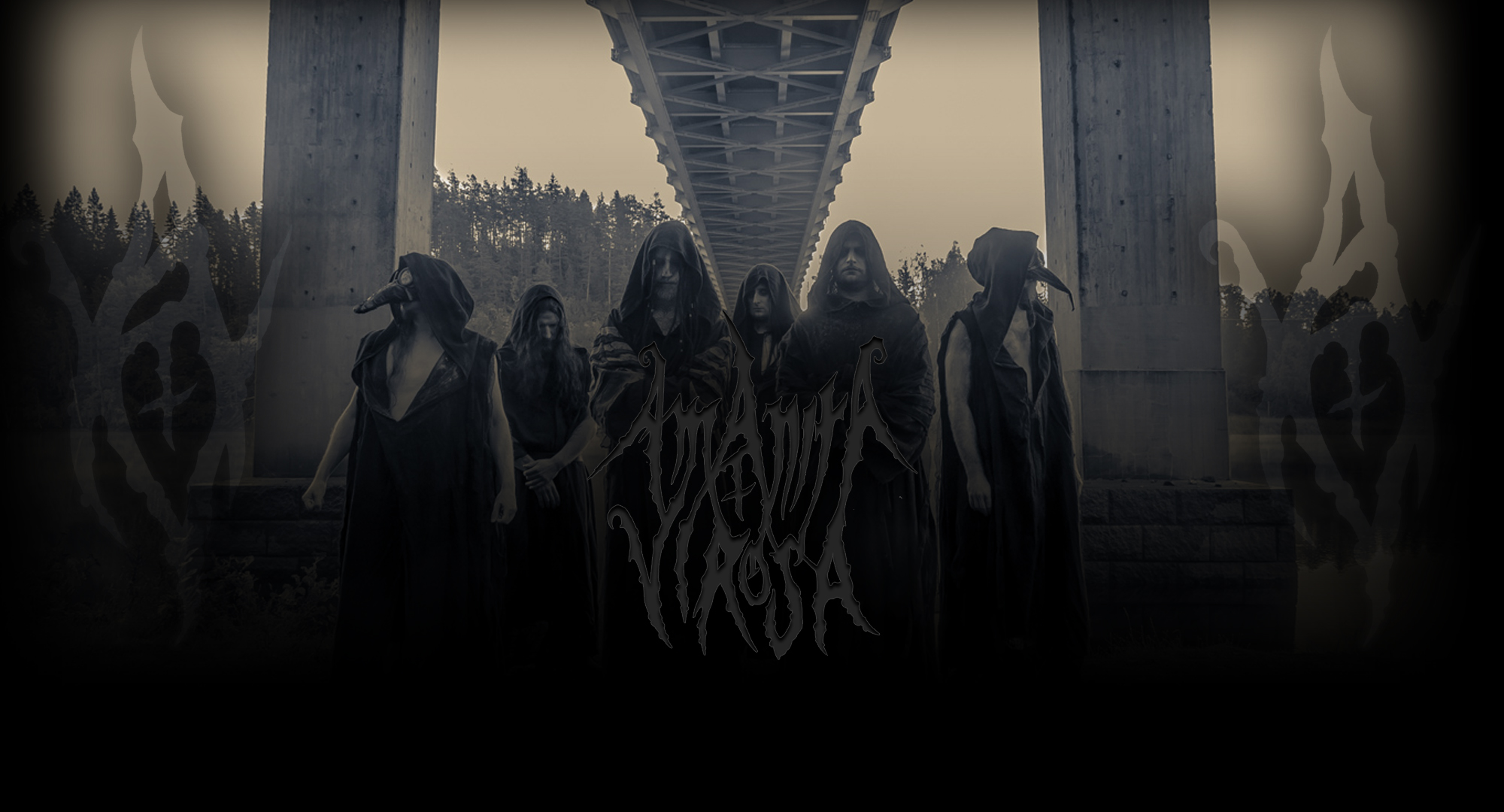
Delayed Phase
Unfortunately, the aggression exhibited earlier tailed off as the infection ran its course. The second half of the infectious period, in particular, was sadly banal. Before long, hyporiffaemia set in, and very little memorable lingered in the patient’s cerebral cortex. Dopaminergic stimulation of the reward center in the basal ganglia tailed off rapidly. Worst offender was “This Night,” which doesn’t go anywhere interesting at all for four minutes. Long periods of repetition of the same symptoms crept in, as evidenced by “Open Your Mouth.” Instead of building to a climax and causing tachycardia and fever, as a potent infection should, this one petered out with barely a change in blood pressure. All the vivid symptoms displayed earlier were neutralized as the immune system easily brought this Plague under control. In addition, the infection was noted to be overly-compressed and muddied, which perhaps explains why it struggled to find purchase in other organs. So unmemorable was the second half of this phase that two of the observing doctors began fidgeting with their phones, longing for an antidote in the form of a stat dose of Belzebubs (5mg/kg twice daily) or Aephanemer (20mg/kg daily). The deadly Nightwish (0.005mg/kg weekly) was proposed but turned out to be ineffective.
Convalescent Phase
Ultimately, while early signs were extremely positive, and warrant revisiting at a future stage, there simply isn’t enough in this new Original Plague to justify much further scientific inquiry. The disappointingly weak late stage of the disease, and frequent repetition of the early antigenic stimulants, render this infection fairly impotent. I suspect, furthermore, that this will not interest any of the major medical journals. Instead of being a vicious “destroying angel,” this particular fungal infection turned out to be more like a minor head cold.
Questions?
Rating: 2.5/5.0
DR: 7 | Format Reviewed: 320 kbps mp3
Label: Inverse Records
Website: facebook.com/amanitavirosaband
Releases Worldwide: August 23rd, 2019




